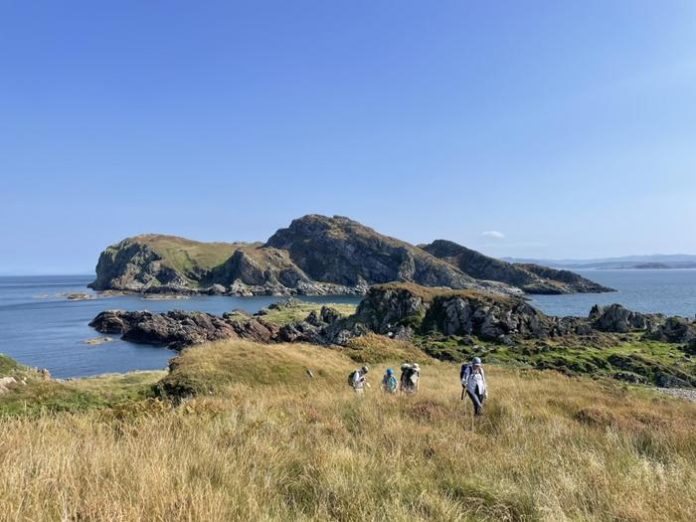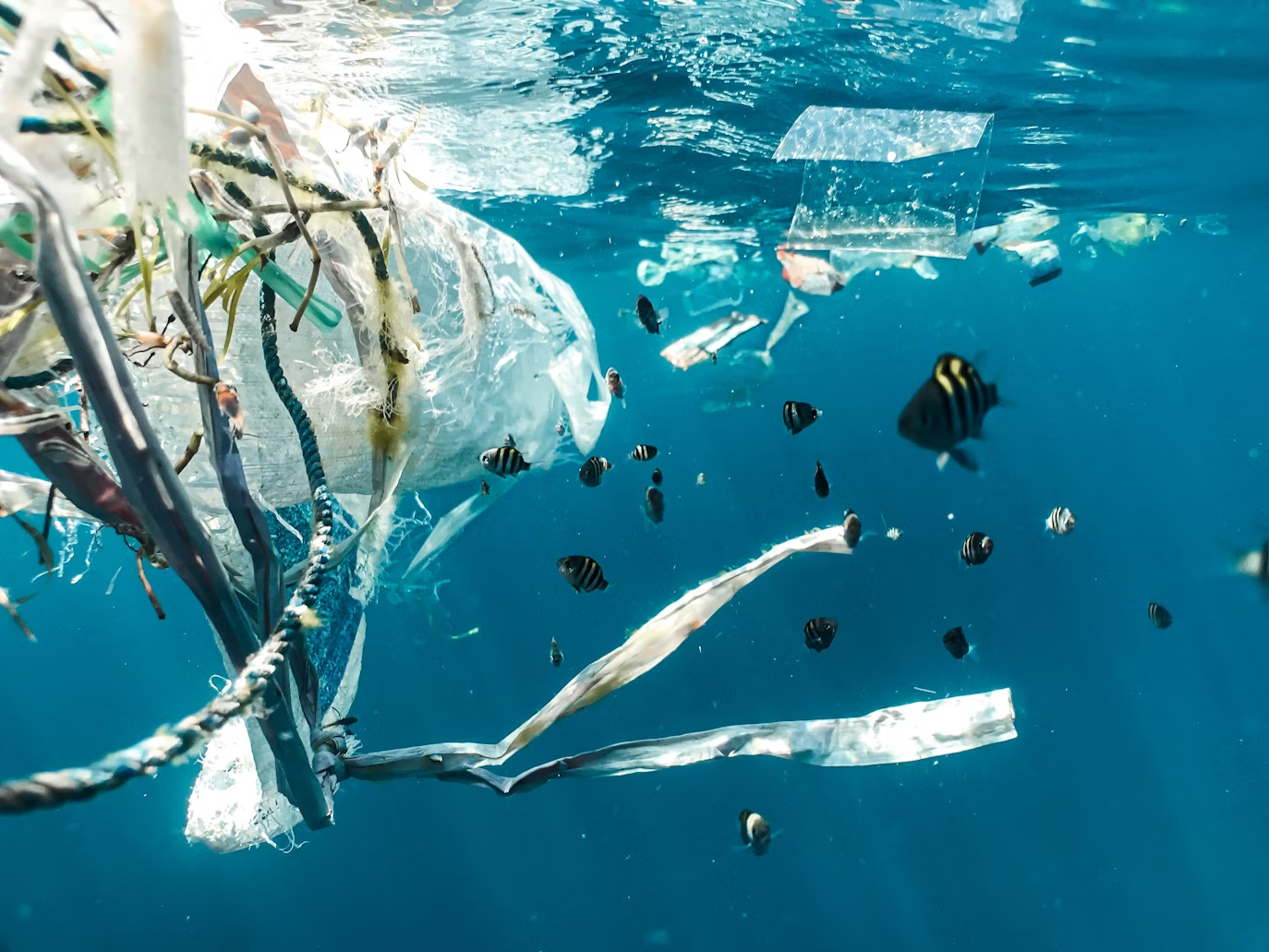New research has highlighted a pivotal moment in Earth’s history when the planet was encased in ice, offering insights into the evolution of complex life.
A recent study led by researchers at University College London (UCL) has uncovered what may be the world’s most complete geological record of ‘snowball Earth,’ a critical period in Earth’s history when the planet was nearly entirely covered in ice.
This snowball Earth discovery is centred on the Port Askaig Formation, a rock sequence spanning both Ireland and Scotland.
Port Askaig Formation: A window into ancient ice ages
The study illuminates the significance of the Port Askaig Formation, a vast assembly of rock layers that stretch up to 1.1 kilometres in thickness.
These rocks were likely formed between 662 and 720 million years ago during the Sturtian glaciation, the first of two global freezes in Earth’s history.
This ancient glaciation is believed to have played a crucial role in the emergence of complex, multicellular life.
What sets this formation apart from other similar geological sites around the world is an exposed outcrop on the Scottish Garvellach Islands.
This outcrop uniquely preserves the transition from a warm, tropical environment to the icy conditions characteristic of snowball Earth.
Other locations, such as those in North America and Namibia, lack this critical transitional record, making the Garvellach Islands site globally unique.
Implications for the evolution of complex life
Professor Graham Shields, the study’s senior author from UCL Earth Sciences, emphasised the importance of this discovery, stating: “These rocks record a time when Earth was covered in ice.
“All complex, multicellular life, such as animals, arose out of this deep freeze, with the first evidence in the fossil record appearing shortly after the planet thawed.”
The research also provides the first conclusive age constraints for these rocks, confirming their global significance.
Elias Rugen, a PhD candidate at UCL Earth Sciences and the study’s first author, noted that the Garvellach Islands offer a rare glimpse into the transition from a tropical marine environment to the harsh conditions of the Sturtian glaciation.
“The layers of rock exposed on the Garvellachs are globally unique. Underneath the rocks laid down during the unimaginable cold of the Sturtian glaciation are 70 metres of older carbonate rocks formed in tropical waters.
“These layers record a tropical marine environment with flourishing cyanobacterial life that gradually became cooler, marking the end of a billion years or so of a temperate climate on Earth.
“Most areas of the world are missing this remarkable transition because the ancient glaciers scraped and eroded away the rocks underneath, but in Scotland, by some miracle, the transition can be seen,” he explained.
The Sturtian Glaciation: A prolonged ice age
The Sturtian glaciation, which lasted approximately 60 million years, was one of two significant global freezes during the Cryogenian Period, a time spanning from 635 to 720 million years ago.
Before this deep freeze, life on Earth was limited to simple organisms like single-celled organisms and algae.
Following the Sturtian glaciation, complex life forms emerged rapidly. Many of today’s animals share fundamental traits with the life forms that evolved over 500 million years ago.
Scientists theorise that the extreme cold may have driven single-celled organisms to cooperate, leading to the development of multicellular life.
The advance and retreat of ice sheets during this period happened relatively quickly, over thousands of years, driven by the albedo effect, where more ice reflects more sunlight, cooling the planet further.
When the ice finally retreated, it caused dramatic environmental changes that forced life to adapt rapidly. The survivors of this period became the ancestors of all modern animals.
Search for the ‘golden spike’
In their research, scientists analysed sandstone samples from the 1.1 km-thick Port Askaig Formation and the underlying 70-meter-thick Garbh Eileach Formation.
They focused on zircon minerals, which can be precisely dated due to the steady radioactive decay of uranium to lead.
Their findings confirmed that these rocks were deposited between 662 and 720 million years ago.
These new age constraints could support the Garvellach Islands as a Global Boundary Stratotype Section and Point (GSSP), or ‘golden spike,’ marking the beginning of the Cryogenian Period.
The identification of the Garvellach Islands as a potential golden spike site not only underscores the global importance of the Port Askaig Formation but also offers a rare opportunity to pinpoint a defining moment in Earth’s history.
If designated, this site would become a landmark for understanding the Cryogenian Period, drawing researchers and visitors alike to witness the geological evidence of snowball Earth.
This discovery adds a vital chapter to the story of how life on Earth evolved from simple beginnings to the complex organisms that inhabit the planet today.





